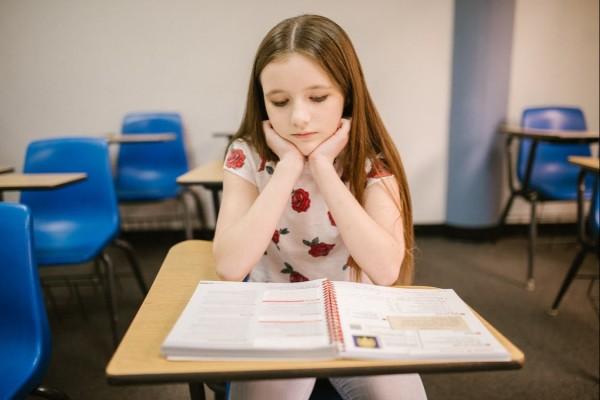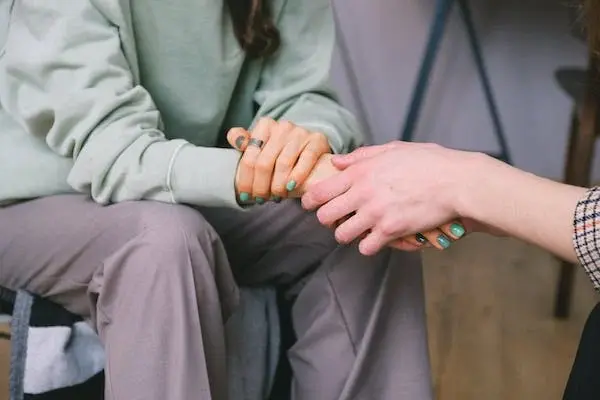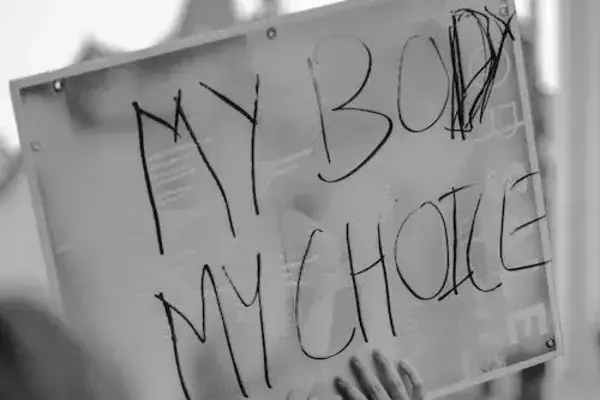
For Teachers & Professionals
A Frame for School-based Pornography education
Pornography is a commonly discussed topic even though it is not usually a formal component of sex education programs. Instead, pornography is often addressed through student questions. Mainstream pornography rarely depicts relational intimacy, safe sex or the negotiation of consent. Instead, it shows a lot of content related to degradation and humiliation, often at the expense of a (young) woman. Pornography consumption is predictive of more sexualized, sexually objectifying, and stereotypical gender views of women. Exposure to pornography is associated with the perpetration of teen dating violence, sexual solicitation perpetration, sexual harassment, sexual violence and dating violence victimization. Young people themselves report that pornography shapes their and others’ sexual attitudes and behaviours. However, pornography can also have positive influences. For example, a lot of people use it as a source of inspiration, but young people often lack the insight and guidance to approach pornography in a critical way. Educational approaches seek to equip young people with the competencies they require in order to minimize the harms associated with engagement with pornography. In school-based settings, discussion about pornography is often restricted. Some educators feel they may risk their jobs, or even the availability of sex education to students if they attempt to include pornography as a topic in the classroom. Nevertheless, it is undeniable that a lot of young people use pornography as educational material and it has an influence on children’s and young people’s sexual lives. Pornography education has been guided by morally conservative agendas intended to shut down sexual speech and “protect” children from sex and sexuality. Parents and caregivers often fail or lack the resources to correctly address this topic; they may lack awareness of pornography’s prevalence, nature, and impact. Hence, schools may be more appropriate settings for this type of education. Schools can provide pornography education as part of an age-appropriate, comprehensive and sequential curriculum of sex education.
So, what should pornography education look like?
1. A whole-school approach
A whole-school approach aims to raise quality and standards across the entire school. Classroom teaching and learning alone is limited in its effectiveness: curriculum, teaching and learning; formal school policies and practices; school culture, ethos, and environment; and the relationships between school, home and the community must be assessed.
2. A robust conceptual approach
Pornography education requires a detailed and well-informed understanding of the content area and a theory of how pornography education can create change. What is needed is an evidence-based understanding of pornography’s prevalence, nature and impact on young people. A critical understanding of the relationships between gender, power and violence is essential in pornography education due to the associations between pornography use and violence and the prevalence of gendered inequality and aggression in pornography. There should be a positive approach to sexuality and the destigmatization of masturbation. Additionally, pornography education should have a human right orientation that supports students to critically reflect on the potential impacts of representations in pornography of inequality and discrimination, sexualized violence, cruelty and degradation. A harm minimization approach that seeks to minimize harm by providing information, rather than focusing solely on preventing a specific behaviour, should be made use of.
3. A tailored approach
Pornography education should be tailored to ensure it is appropriate, relevant and inclusive, whilst maintaining the integrity of a robust conceptual framework.
4. Something that builds student competencies
Students require knowledge and skills to respond to pornography influence. For example, relationship skills, an exploration of the ways that pornography’s influence may perpetuate “inequality between partners”, consent and communication skills.
6. An age-appropriate and sequential delivery instrument
Children have different needs and different comprehension of things while growing up, this is why pornography education must be age appropriate. It can emphasize three different learning strategies—foundational, integrated and specific—as it moves from younger to older children. Foundational learning involves the development of general, related competencies through curricula that do not mention pornography but addresses other related topics such as respectful relating. An “integrated learning” approach can then facilitate pornography education as part of a broader learning activity. For example, an activity on sexual consent may include a scenario in which pornography is used to pressure a partner to engage in sex. For older children, a specific learning approach is useful, whereby pornography and its influence are the focus of discussion.
7. Participatory teaching and learning approaches
Participatory, learner-centred teaching methods are the most effective for sexuality topics. Such a method respects young people's needs and permits them to actively interact.
8. A safe, inclusive, supportive learning environment
Students’ knowledge, comfort, and engagement with pornography education are likely to be influenced by their gender, age, cultural background, religion, sexual orientation, maturity level, and exposure. Some people do not consume it whilst others are regular consumers. Some hold a positive view, whereas others hold a negative view.
9. Sensitivity to inequalities of gender, sexuality and race/ethnicity
Care should be taken to ensure that gender inequality and discrimination are challenged, not reinforced when discussing pornography’s representations of these themes. A critical perspective must be taught.
Attention to the skills of who’s delivering this type of education, education for parents, and evaluation of school norms and support, are all environmental factors that also play a role and must therefore be addressed.
REFERENCES
Crabbe, M., & Flood, M. (2021). School-based education to address pornography’s influence on young people: A proposed practice framework. American Journal of Sexuality Education, 16(1), 1-37.
Share the knowledge!
More For Teachers & Professionals Q&A

Teaching consent to Young children (8 – 12 years old)

The BETTER model for Sexual assessment in Cancer patients

Spina Bifida and Sexuality

Voluntary Abortion and Professionalism

Intellectual disability and Sexuality – part 2: Sex Education

Heteronormative Sexual Education and the Need for Sexual Education for Males who have Sex with Males
This is a website that WE are building together. If you have a question there is no answer to on this site, send it here!
